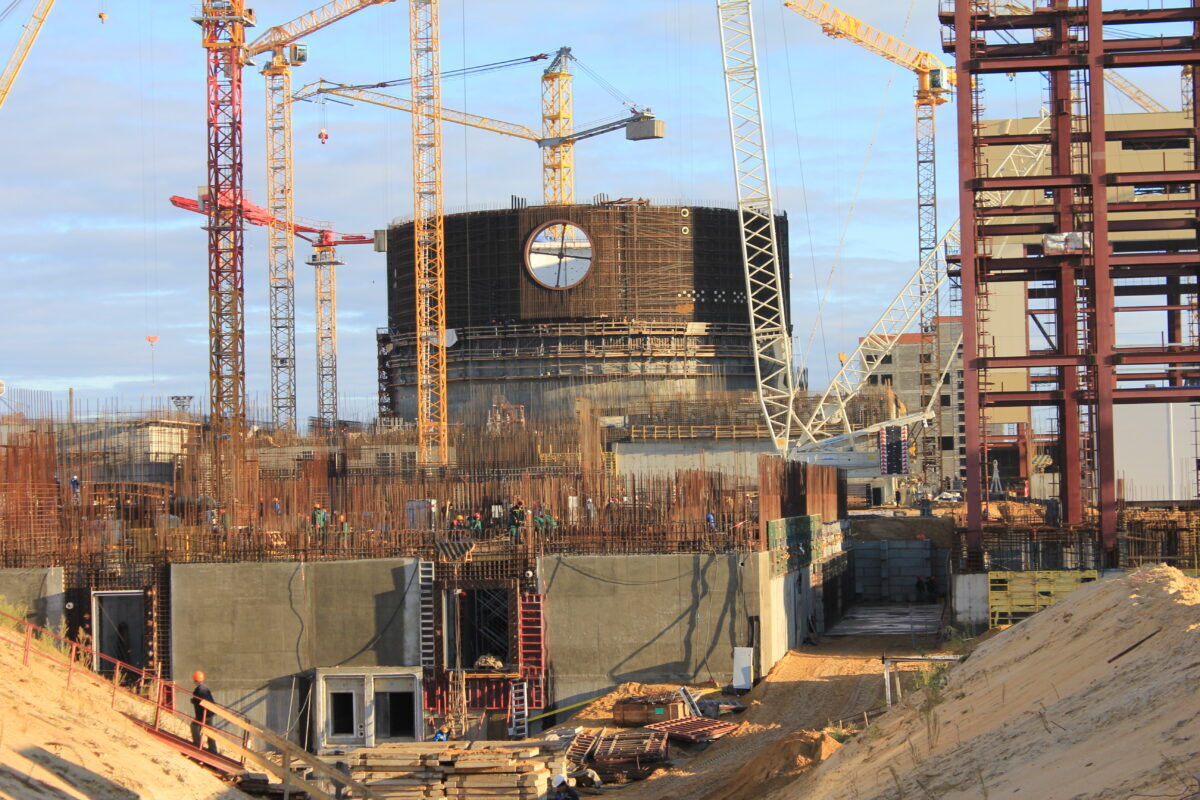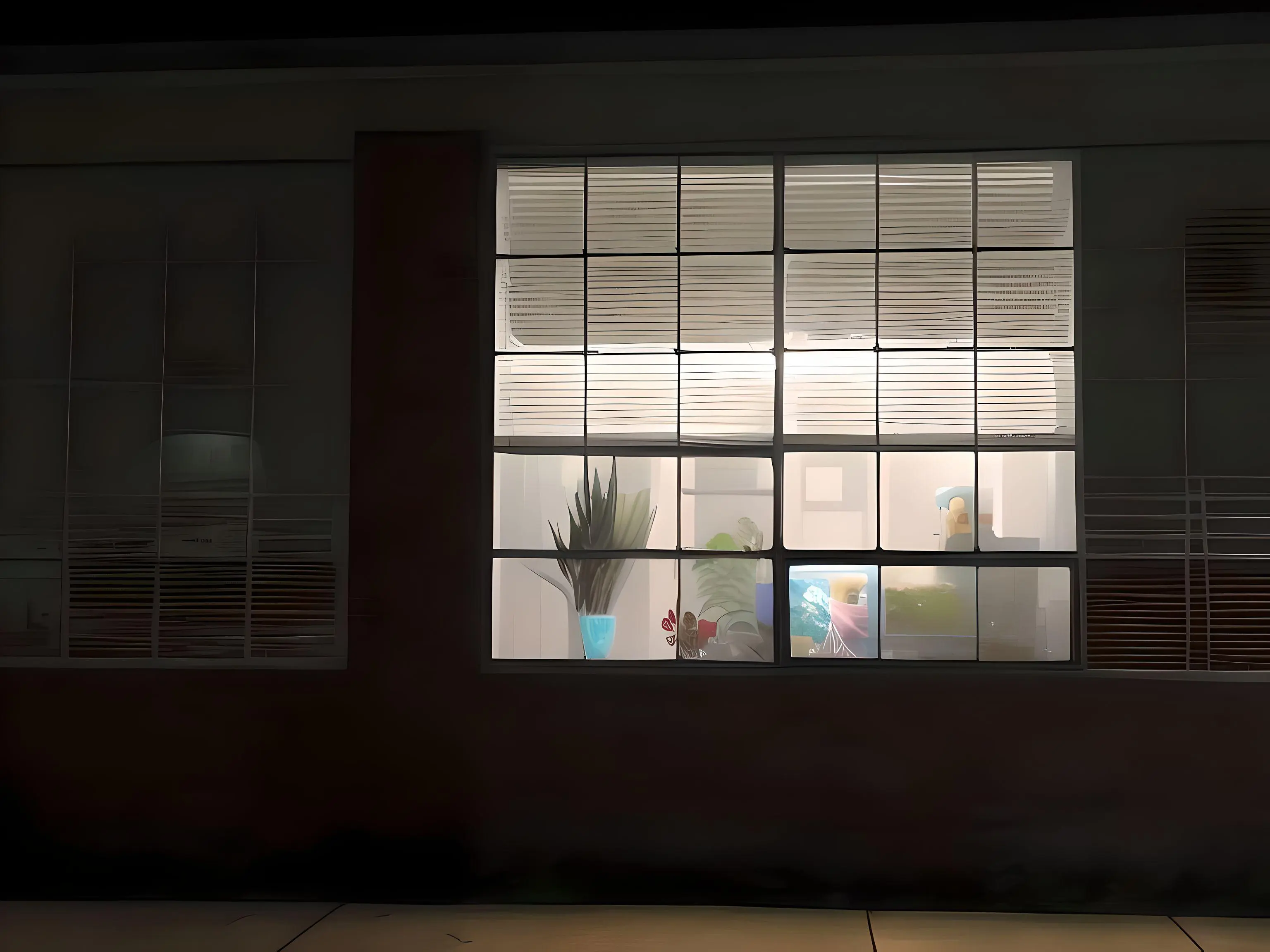“But even in the only country that is massively building, China, nuclear development is comparatively marginal. In 2023, China started up one new nuclear reactor, that is plus 1 GW, and more than 200 GW of solar alone. Solar generated 40% more power than nuclear and all non-hydro renewables—mainly wind, solar, and biomass—generated four times as much as nuclear.”
The report also highlights how nuclear power is being challenged not only by the strong growth of solar and wind, but also by battery storage, whose costs are projected to decline below those of coal-fired and nuclear power plants by around 2025 in China. “Solar plus storage is already significantly lower than nuclear power in most markets today, as well as highly competitive with other low-emissions sources of electricity that are commercially available today,” it also notes.
The authors also cite data from investment bank Lazard revealing that solar-plus-storage can already be cheaper than gas peaking and new nuclear. “The competitive cost and large-scale availability of variable renewable energy sources combined with firming options—especially storage—could well turn out to be the game-changer of energy policy in the years to come,” they further explain.
Promotion Video? Like Japanese idols have?
Yes
I’ve been cursed. the words promotion, video, and japanese in close proximity always remind me of that really weird japanesy trump promo video and I wish I could delete that from my head.
PV?
Photovoltaics
Meh… this only makes sense in giant installations on the far side of the moon, then laser down the power.
Covering the world in solar panels… not so much.
Yep, definitely not usable for a decentralized power grid. All those wasted PV cells on all those homes which now generate most of their used electricity themselves. Too bad that doesn’t work.
A bit more than half of the land used to grow corn for ethanol in the USA, is needed for a photovoltaic system to power the entire country according to Prof. Mark Z Jacobson (who calculated it according to 2050 energy needs after full electrification).
Holy hell, Photovoltaics
Not ONCE does this article use the actual word and sticks to abbreviation for Photovoltaics.
All it would have taken is: photovoltaics or PV for short…rest of article.
The common approach is when using photovoltaics (PV) bla bla… PVs this PVs that…
That crap drives me bonkers.
Especially because I had no idea what PV was.
Pole Vaulting
penis vagina
Such an incredibly misleading article.
1 GW of nuclear capacity generates several times more electricity than 1 GW of PV capacity.
Nuclear power plants run at almost full capacity pretty much 24/7/365. With the occasional shutdown every few years for maintenance and to replace the fuel rods.
PVs only generate electricity during the day, and only hit their maximum capacity under ideal conditions. The average output of PVs is 15-25% of their capacity.
Globally we generate more electricity from nuclear than we do from all PVs together.
At the typical sizes we’re building them you need dozens of PV farms to match the energy output of a single nuclear reactor.
Five times more PVs at a 20% capacity factor means it evens out.
The vast majority of those PV installations were in the last 7 years or so. We also built more manufacturing capability during that time. Meaning PV installations are being rolled out on an exponential curve, not a linear one.
My capacity factor is something like 11%. Need to recompute it, using latest data.
Jokes on you, solar energy is nuclear fusion
Solar panels are fusion harvesters.
So is biomass. And wind. And fossil fuels. And hydro.
In fact, I think only geothermal and fission aren’t fusion-based.
Fission is based on the fusion that took place in ancient supernovae.
Fossil fuel is by extension of extension. Fission by extension of extension of extension.
Tidal is also non fusion based
Not with that attitude
All atoms higher than hydrogen come from stars. So in the end, everything is derived from fusion. Therefore, geothermal and fission can only exist because of nuclear fusion.









